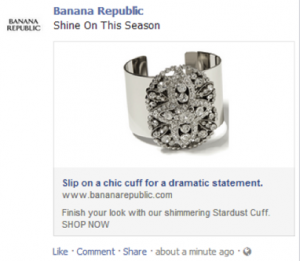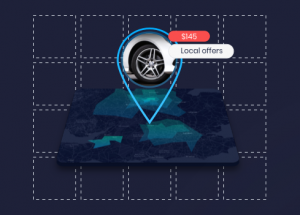Google recently introduced Customer Match, a new tool that gives advertisers a better way to capitalize on a consumer’s intent-rich moments by tapping into historical search data.
Customer Match will allow marketers to upload lists of emails and match them to signed-in Google users on Gmail, Search and YouTube. It will begin rolling out in the next few weeks.
Any brand that uses online stores, loyalty programs, newsletters, Google logins, and any other sign-up program have been given much more power to engage users with targeted, real-time marketing.
By tapping into email addresses, as both Facebook and Twitter do with their own platforms, Google is enabling marketers to develop more precise ads likely to convert customer loyalty into another purchase. Digital marketers can now create ad copy and set bids based on advertiser data from consumers who completed purchases before.
This is a powerful and reliable tool for marketers to take advantage of outside of site visitor behavior. While browser history was certainly better than nothing, Customer Match is the first move Google has made towards using real customer insights in AdWords. It harnesses an unprecedented level of personalization brands need to use in order to succeed online.
After a retailer creates an email list, it’s clear that context was already established between the product and the customer. By remarketing to a customer who has already agreed to provide their emails, the retailer can deliver more relevant ads across Google’s most popular platforms.
Closer up, this means that marketers will be able to craft campaigns based around email lists they upload against Google’s own data. Marketers are in a unique position to connect consumers to brands in a personalized, more pertinent way with the data that’s attached to what they search, watch, or send.
In that respect, Google will also be giving marketers the ability to use the same data to find similar audiences. Signed-in users who may not be on your own lists (but match the personas and profiles of those who are) may also receive these relevant ads.

This move is a reaction to the landscape users are creating with their own intentions, especially as we move towards mobile devices. According to comScore, YouTube, Google Search, and Gmail rank 2nd, 4th, and 8th respectively as the top apps with unique year-over-year visitor growth. These patterns signify that it’s it’s not Customer Match has an audience that expands every day.
Google knows that consumers expect relevant results from their moment they search. It marks the first time marketers will be able to tailor customer audience segments with first-party data.
It also marks the move for Google users to opt -in and -out of the ads served to them. Customers expect to have the ability to customize what they see online and will use tools like AdBlock to do it. In order to use customer email addresses, an opt-out link must be included for users to manage their preference.
Brands ready to extend a hand to past customers will benefit most from a tool like this. By blending historical data, loyalty, and future consumer intent, Google has created a tool unique to the network of products that utilize a Google sign-in.
Digital & Social Articles on Business 2 Community(99)
Report Post





